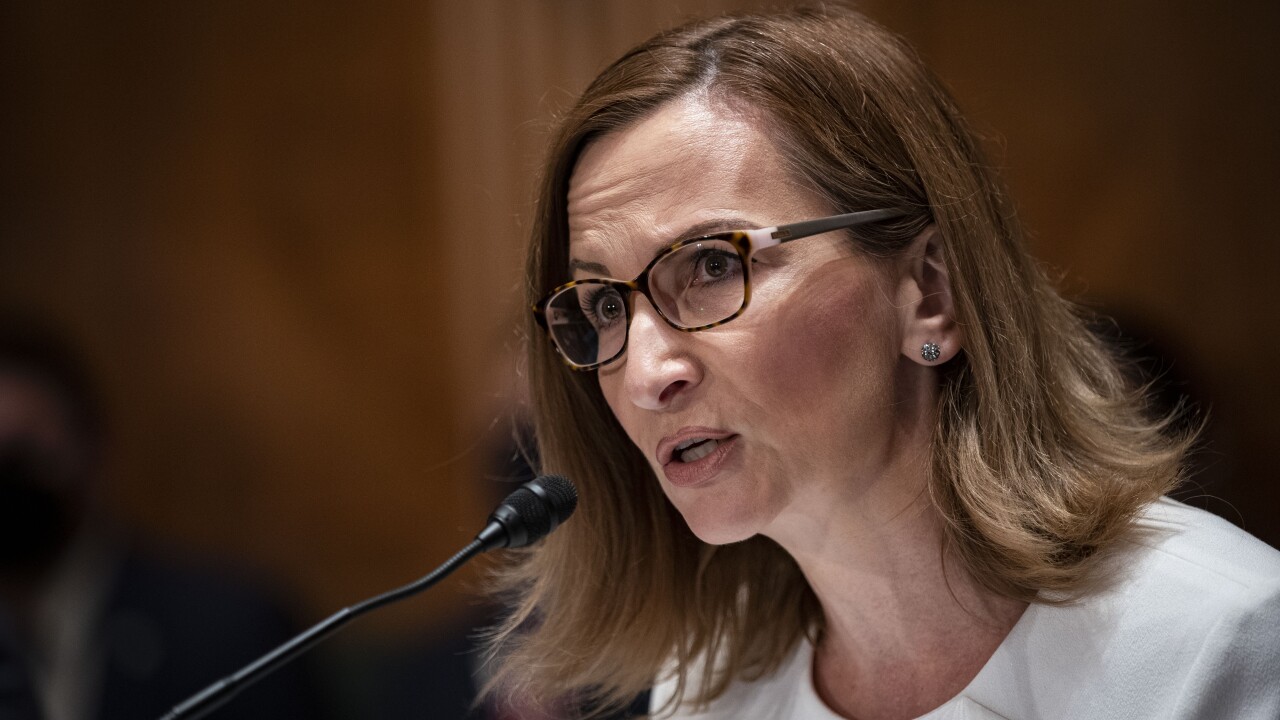Internet portals offered by banks are on the verge of transforming the $1 trillion-plus institutional money-market marketplace by giving customers better access to their money and more flexibility in managing it. By offering more precise information on the destination of each wire transaction, the name of the authorizer and time stamps, these portals also help banks' corporate customers comply with Sarbanes Oxley, which requires tighter audit controls on cash management.
The new technology comes none too soon: Institutional money-market funds are expected to see inflows of nearly $200 billion in the last four months of 2007, setting a pace for record inflows, predicts Peter Crane, president and CEO of Crane Data, which tracks the industry. Money-market funds boast a total of $2.83 trillion, according to Investment Company Institute, a trade association for the U.S. fund industry, with the institutional component accounting for 62 percent of that level, or $1.74 trillion. The last two years have seen the "comeback of cash," Crane says.
The record inflows are being helped along by the Federal Reserve's September interest-rate cut and a belief among observers that more cuts are in the offing. Institutional money-market funds are particularly attractive in a falling-rate environment because their yields are slower to fall than other short-term investments that usually see an impact immediately after the Fed acts. That lag time offers corporate treasurers several weeks of market-beating yields for their institutional money-market funds, Crane says; corporate treasurers thus see portals as a way to manage their money more nimbly and take advantage of the changing rate environment.
Of the 16 portals now in the online money-fund supermarket, at least six are affiliated with banks, including Bank of New York, Citigroup, Comerica, LaSalle, PNC and U.S. Bancorp. Crane expects two more banks will soon join them: UBS and Wachovia.
Banks are a natural fit to provide Web portals for institutional funds, Crane says. Portals can be a key differentiator for corporate banking. "Most big banks will eventually be offering something like this as an extension of their cash management and sweep accounts," Crane says.
Chicago-based LaSalle began using the portal product from CacheMatrix a year ago, says Marianne Bamonte, svp in global securities and trust services. Before that, the bank would handle things manually, such as seeking out fund-company prospectuses and sending them out to clients. Crane views institutional money-market funds as the last gap in serving institutional clients. "This was a hole in the suite of corporate-client services," she says. "Many of them have been going directly to the mutual funds and not using the bank."
Crane says many banks talk about money-market funds being a loss leader, but he doesn't accept that line of thinking. "These are revenue generators just on sheer volume," he says. "All the [asset] numbers we're talking about here begin with B's [billions] and T's [trillions] and the game is volume, volume, volume."
There are other ways that banks can generate revenue from these portals, says George Hagerman, president of CacheMatrix. Even if the service is offered free to the corporate customer, if a bank can amass trades worth hundreds of millions of dollars, it can charge the fund company a service fee because much of the cumbersome back-office work is already done, Hagerman says.
The amount the bank gets paid usually ranges from five basis points to 12 basis points, with an average of about seven. So a bank that maintains $3 billion in institutional money-market fund assets can generate $2.1 million in revenue a year.
Hagerman says portals are in demand now from the biggest banks that act as a custodian for corporate customers' excess cash. Besides LaSalle, U.S. Bancorp and PNC are among the banks that have recently offered his CacheMatrix service.
Not only do portals generate revenue, but they act as one more way to cross-sell corporate customers, Hagerman says. And, to boot, the portal product has what most product innovation needs these days: a "stickiness" to entice customers to keep their cash with the bank.
(c) 2007





